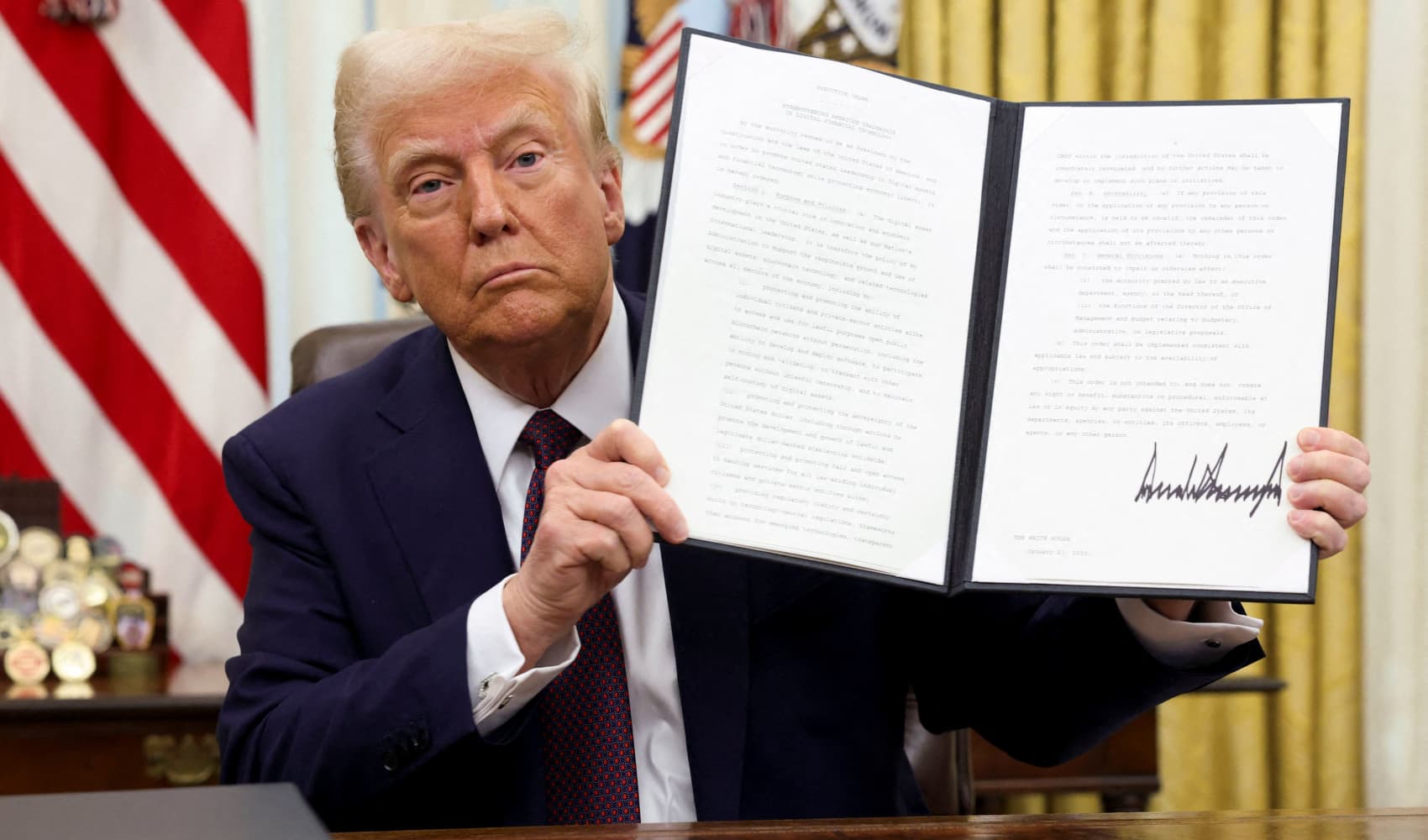
Tess Waresmith is the founder of Wealth with Tess.
Starting in 2010, Tess Waresmith spent three years working on a cruise ship, first as a high-diver and acrobat, and then as a shopping guide for vacationers.
For someone who had graduated from college a year earlier, it was a huge opportunity, Waresmith says. Not only was this a paying gig in an economy otherwise ravaged by recession, but food and living expenses on the ship were covered.
"Over a couple year period, I thought to myself, 'This is my chance to save as much as possible,'" Waresmith says.
After a couple years of dutifully socking away cash, a friend aboard the ship suggested that she could be doing more with her funds than let them sit in the bank.
Get top local stories in Philly delivered to you every morning. Sign up for NBC Philadelphia's News Headlines newsletter.
"He was just like, 'Tess, you can use the money you're hoarding to buy things that make you more money,'" she says. "I knew that investing was a thing, but I'd never thought about it from that frame."
Waresmith, now 36, took that advice and ran with it. She currently has more than $1 million in stocks, real estate and other investments. In 2021, she founded financial education firm Wealth with Tess, with the aim of helping others follow her path while avoiding some of the pitfalls.
In those early years, Waresmith remembers one pitfall in particular.
Money Report
"With stock market investing, I was really afraid to do it wrong, so I hired a financial advisor, and they made a lot of really bad decisions on my behalf," she says. "I was paying over 2% in fees. They sold me an annuity better suited for people in their 50s. I was 26."
Here's how she says you can avoid falling into a similar trap.
Educate yourself: 'It's tough to identify red flags if you don't have basic knowledge'
Waresmith did what a lot of experts might have suggested: hire a professional. But since she wasn't too familiar with finance, Waresmith didn't know that the advisor she chose was running a suboptimal strategy on her behalf.
"It's tough to identify red flags if you don't have basic knowledge of investing. And when I say basic knowledge, I mean reading one or two books or taking one course," she says. "You don't have to have a Ph.D. in investing or be an analyst, but I didn't really see red flags, because I wouldn't have even been able to recognize them back then."
It took her a while to realize that her portfolio was lagging the market — both because her advisor had chosen underperforming mutual funds and because high fees were eating into her returns.
Rather than charging a flat rate, her advisor charged a fee equivalent to 1% of the value of her portfolio, plus a 0.25% to use the advisor's online investing platform. Some of the actively mutual funds her advisor chose came with expense ratios north of 0.75%.
The strategy, Waresmith eventually realized, was meant to make things more complicated than necessarily. "These were actively managed mutual funds and there were dozens of them," she says. "It was way over-engineered."
Then there was the annuity, an often expensive financial instrument meant to provide income for retirees in exchange for fronting a lump sum of money. Waresmith put $20,000 in — money she hasn't been able to recoup.
"When I turn 60, I'll get a couple of bucks a month, or something from that," she says. "It was a big mistake. No one should have sold me that."
Keep things simple: 'Index funds are a great way to get started'
Once she realize she was being charged for an overly complex, underperforming plan, Waresmith cut ties with her advisor and endeavored to keep things simple.
Instead of paying an expensive advisor to manage expensive funds, she opened her own account and invested in low-cost index funds.
The advantages of investing this way are well documented. Index funds aim to replicate the performance of a market index, rather than trying to outperform it. While some active managers manage to beat the market, the vast majority don't. Over the 10 years that ended in June 2024, about 29% of active funds survived and outpaced their average indexed peer, according to Morningstar.
Funds that track popular indexes, such as the S&P 500, give investors exposure to a broad array of stocks and come with very low costs.
"Index funds are a great way to get started and to understand the basics of the stock market and to get your money invested in a really diversified, low-fee way," Waresmith says.
Want to make extra money outside of your day job? Sign up for CNBC's online course How to Earn Passive Income Online to learn about common passive income streams, tips to get started and real-life success stories.
Plus, sign up for CNBC Make It's newsletter to get tips and tricks for success at work, with money and in life.






